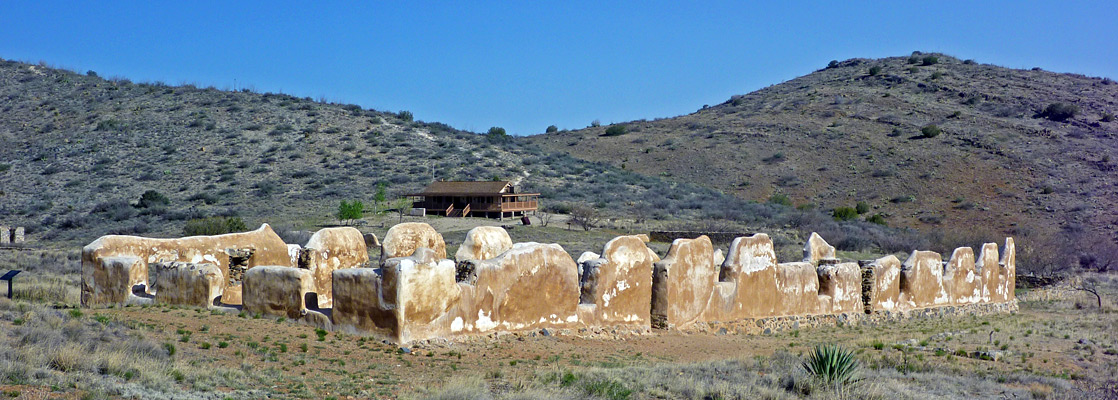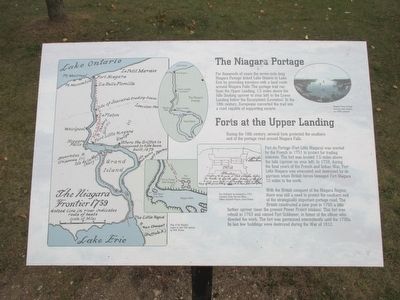Welcome to Fort Bowie National Historic Site, a place where the echoes of history resonate through the landscape of southeastern Arizona. Established in 1862, Fort Bowie was a pivotal outpost during the turbulent times of the Apache Wars, a series of conflicts between the United States and the Chiricahua Apache tribe. This fort, located near present-day Willcox, Arizona, was named after Colonel George Washington Bowie, commander of the 5th Regiment California Volunteer Infantry.
The story of Fort Bowie is deeply intertwined with the events of the mid-19th century. It all began with the Bascom Affair in 1861, a confrontation that set the stage for decades of conflict. The incident involved the kidnapping of a young boy from a local ranch, which was mistakenly attributed to the Chiricahua Apaches led by Chief Cochise. The subsequent tensions and misunderstandings led to open warfare, with Fort Bowie becoming a strategic military base to control the crucial Apache Pass.
In July 1862, the Battle of Apache Pass unfolded, marking one of the most significant engagements of the Apache Wars. Brigadier General James Henry Carleton’s California Column was ambushed by Apache forces led by Cochise and Mangas Coloradas. Despite the fierce resistance, the U.S. Army managed to secure the pass, leading to the establishment of the first Fort Bowie, a temporary post constructed to protect the vital water source at Apache Spring.
Over the years, Fort Bowie evolved from a rudimentary camp into a more substantial fortification. By 1868, a second, more permanent Fort Bowie was built, featuring adobe barracks, officer quarters, and a hospital. This fort stood as a symbol of the U.S. Army’s presence in the region and played a crucial role in the eventual surrender of the legendary Apache leader Geronimo in 1886.
Fort Bowie was not just a military installation; it was a community. It housed soldiers, their families, and civilians, including Chiricahua Apache scouts who served alongside the U.S. Army. The fort was finally abandoned in 1894, as the conflicts subsided and the region became more peaceful. Today, visitors can explore the ruins of the fort and walk the trails that once bore witness to these historic events, gaining insights into the lives of those who lived and fought here.
As you explore Fort Bowie, imagine the stories of bravery, resilience, and cultural clashes that have shaped this part of the American Southwest. This site stands as a testament to the complex history of westward expansion and the enduring spirit of the Native American tribes who fought to protect their homeland.



